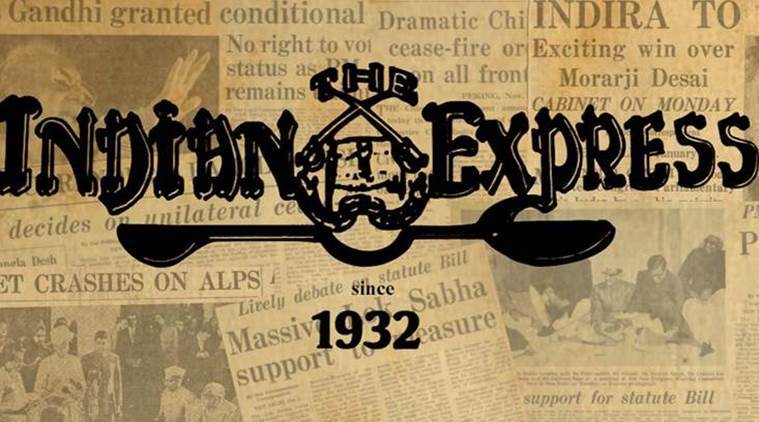 But more than slowing growth and derailing reforms, demonetisation inflicted avoidable pain on farmers, daily wage labourers and informal enterprises used to transacting in cash.
But more than slowing growth and derailing reforms, demonetisation inflicted avoidable pain on farmers, daily wage labourers and informal enterprises used to transacting in cash.
When the definitive history of the Narendra Modi government gets written, there is little doubt that demonetisation will be judged as a mistake. Unlike the goods and services tax (GST), which was a much-needed reform, this move two years ago was devoid of economic rationale. India was suffering no hyperinflation or loss of faith in its currency calling for a radical recall of notes for restoring macroeconomic stability and credibility of the issuing authority. The economy, on the contrary, was in fine fettle, with growth recovering to 7.2 per cent in 2014-15 and 8.1 per cent in 2015-16, from the 5.4 per cent and 6.1 per cent levels during the last two years of the UPA regime. Annual consumer price inflation in October 2016, the month preceding demonetisation, was only 4.2 per cent, while the rupee’s average trade-weighted exchange rate — against a basket of 36 currencies after adjusting for underlying inflation differentials — was at its strongest since July 2011.
Demonetisation proved to be not just an unnecessary disruptor — growth slipped to 7.1 per cent in 2016-17 and 6.5 per cent in the following fiscal — but also took the eyes of policymakers off the real problem inherited from UPA: The mountain of bad loans weighing down public sector banks. This needed immediate fixing, which the Modi government initially seemed keen on. The Reserve Bank of India (RBI), in April 2015, forced banks to recognise the true extent of their non-performing assets and provide fully for these. This was followed by the announcement of a Rs 1,80,000-crore plan for recapitalisation of PSBs in August 2015 and then the landmark Insolvency and Bankruptcy Code (IBC) being enacted in May 2016. However, the focus was lost with demonetisation, as the attention of the RBI and banks shifted to facilitating the deposit and exchange of the scrapped notes and remonetisation of the economy. The GST, unveiled in July 2017, was a game-changing reform like the IBC. But demonetisation turned out to be a diverter in the case of IBC; bankruptcy resolutions have started happening only in the last year of this government. GST’s rollout, too, would have been far smoother had it not been preceded by demonetisation.
But more than slowing growth and derailing reforms, demonetisation inflicted avoidable pain on farmers, daily wage labourers and informal enterprises used to transacting in cash. Nor did it deal a body blow to black money. The promised windfall of Rs 4-5 lakh crore proved a chimera. There is a disturbing irony in that two years after demonetisation, expectations have mounted of the RBI delivering over Rs 3 lakh crore to the government — this time from its own reserves.